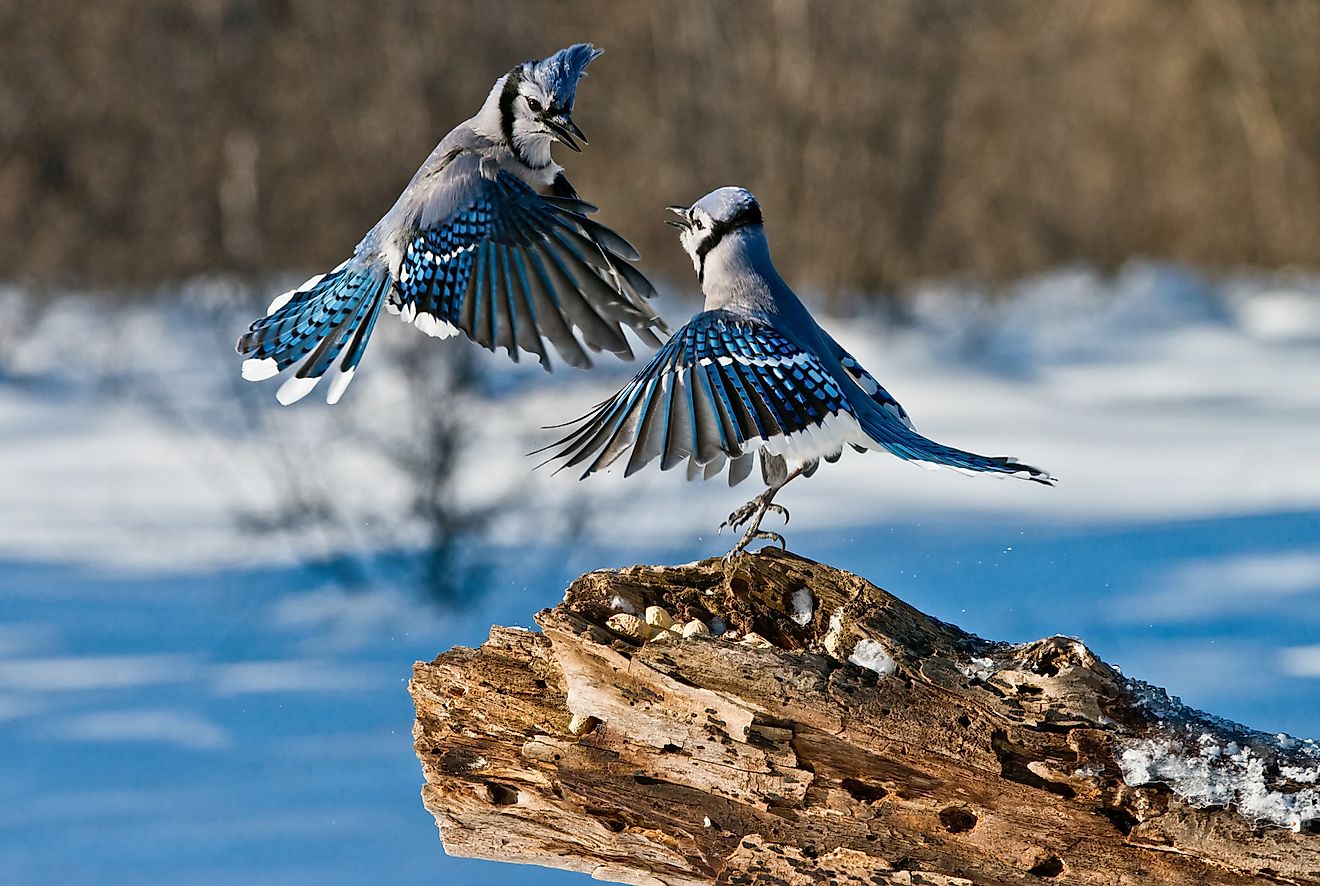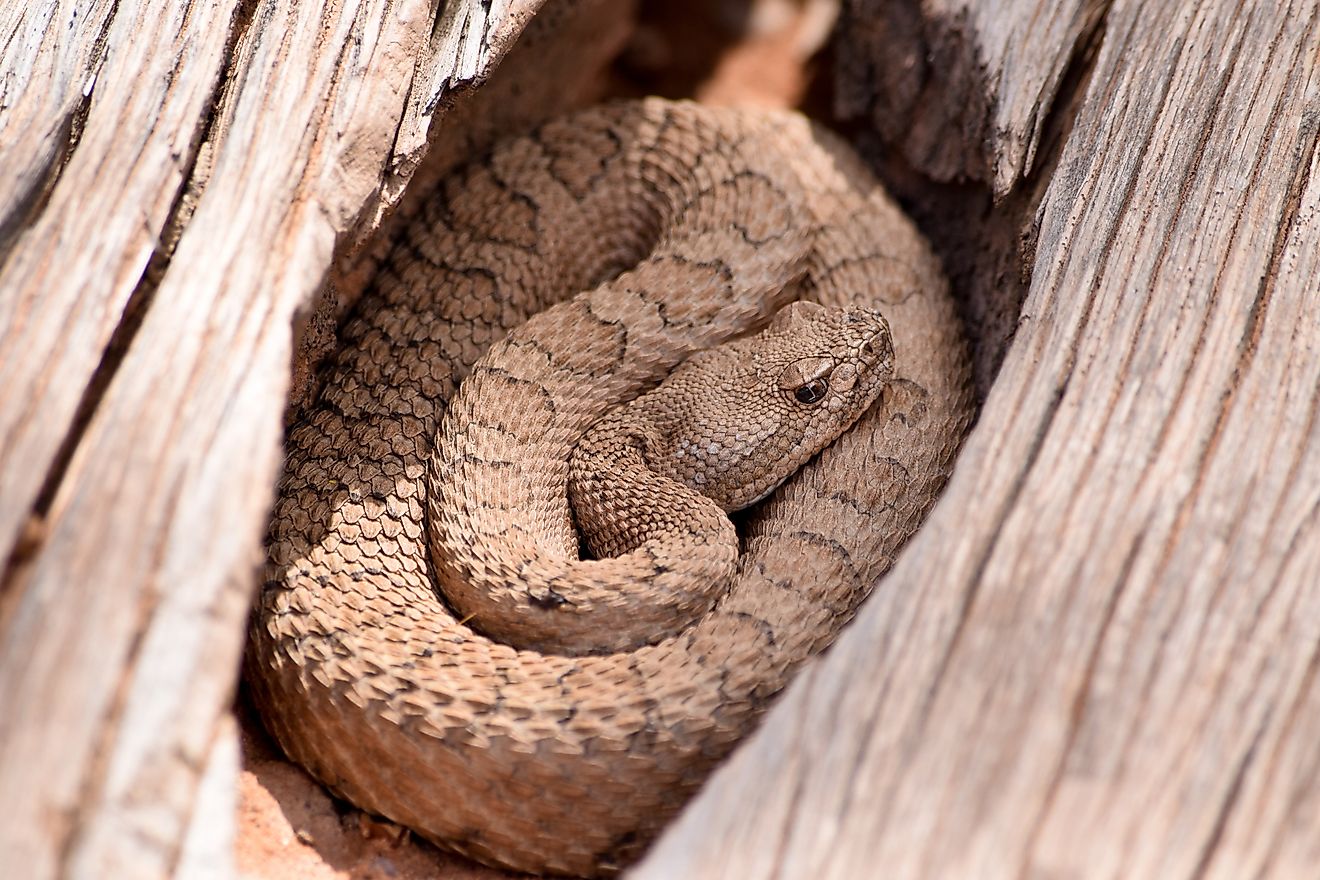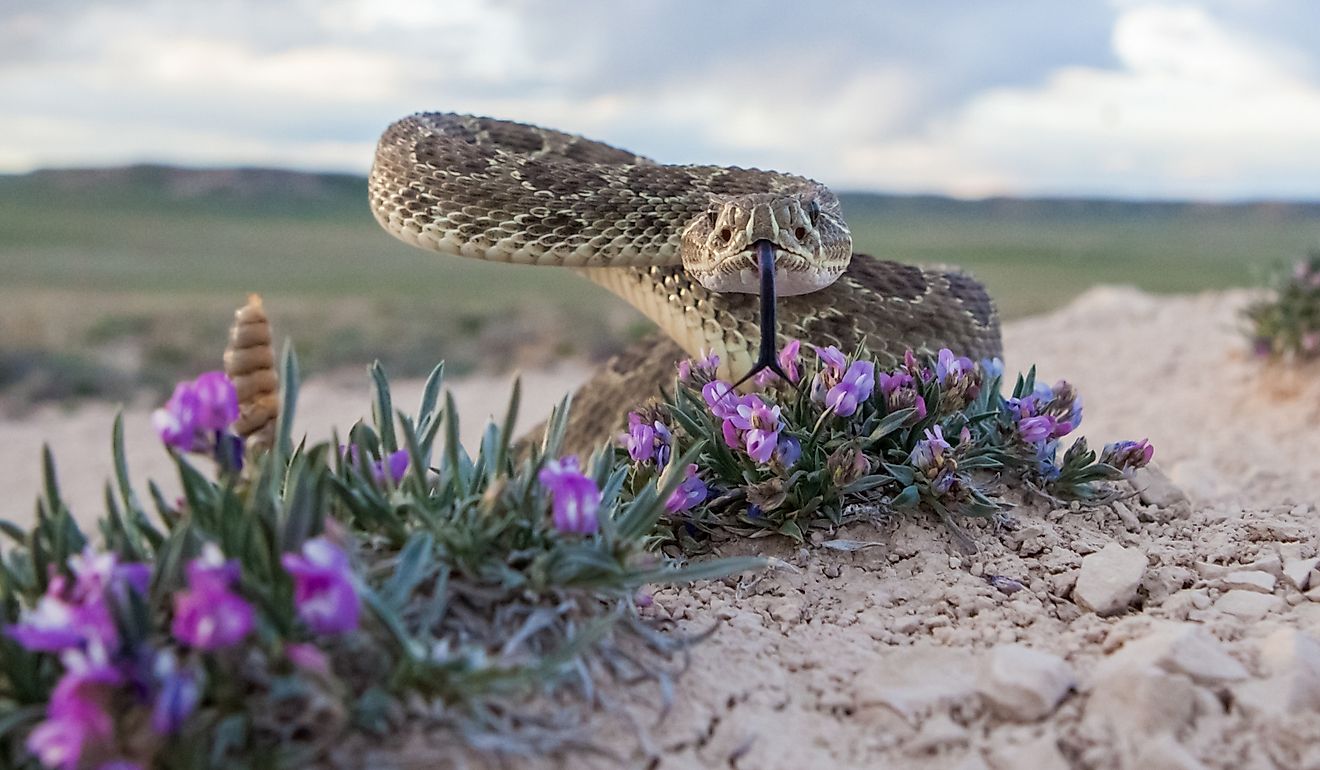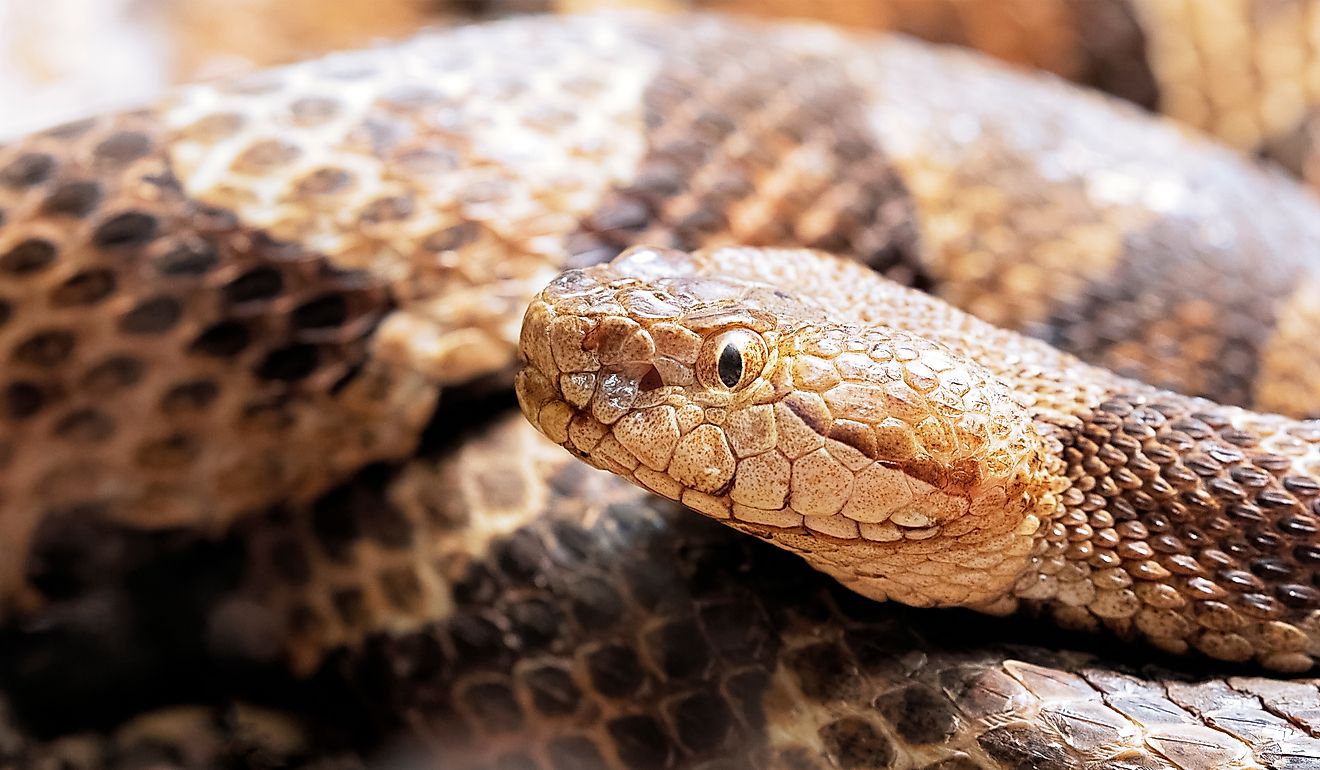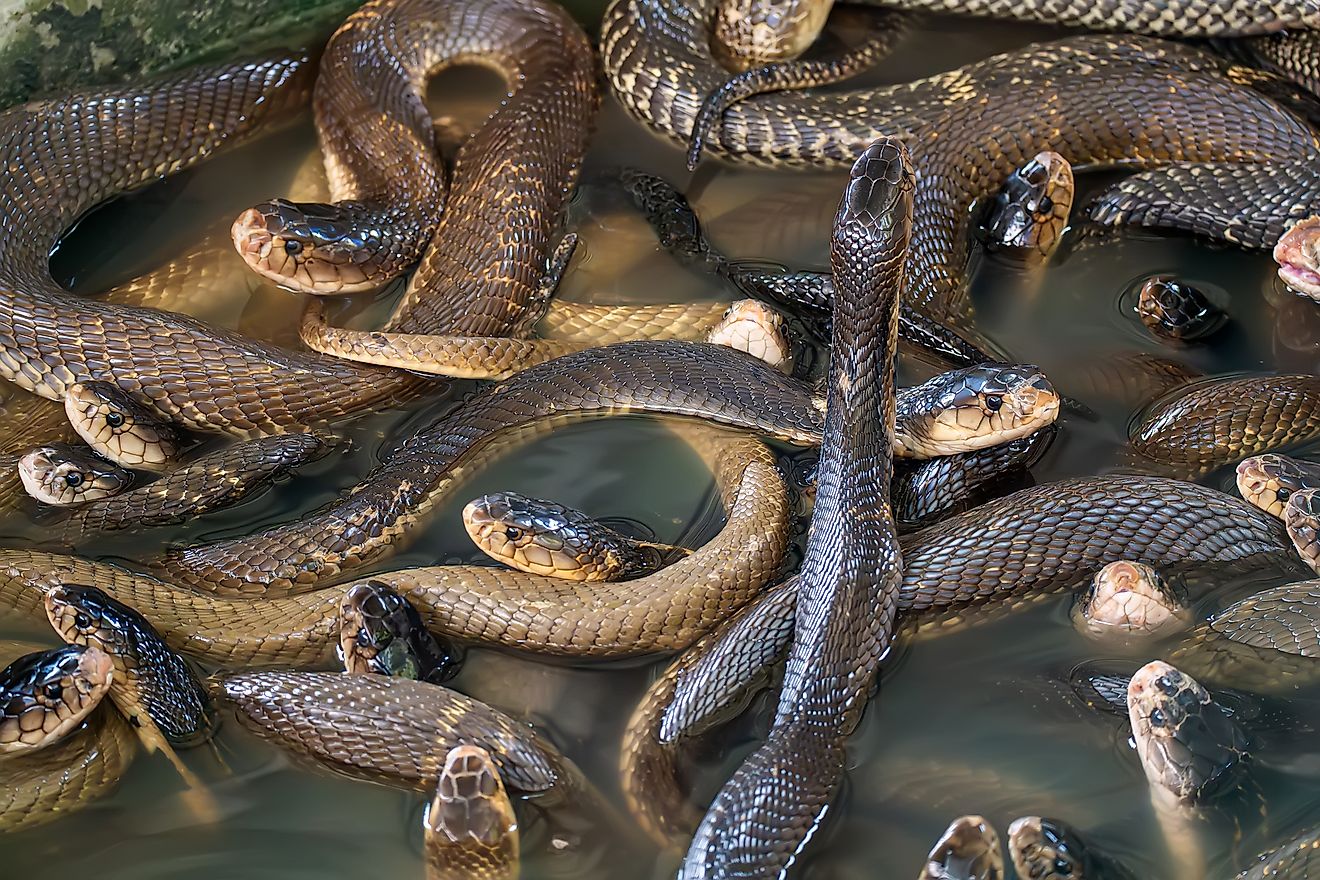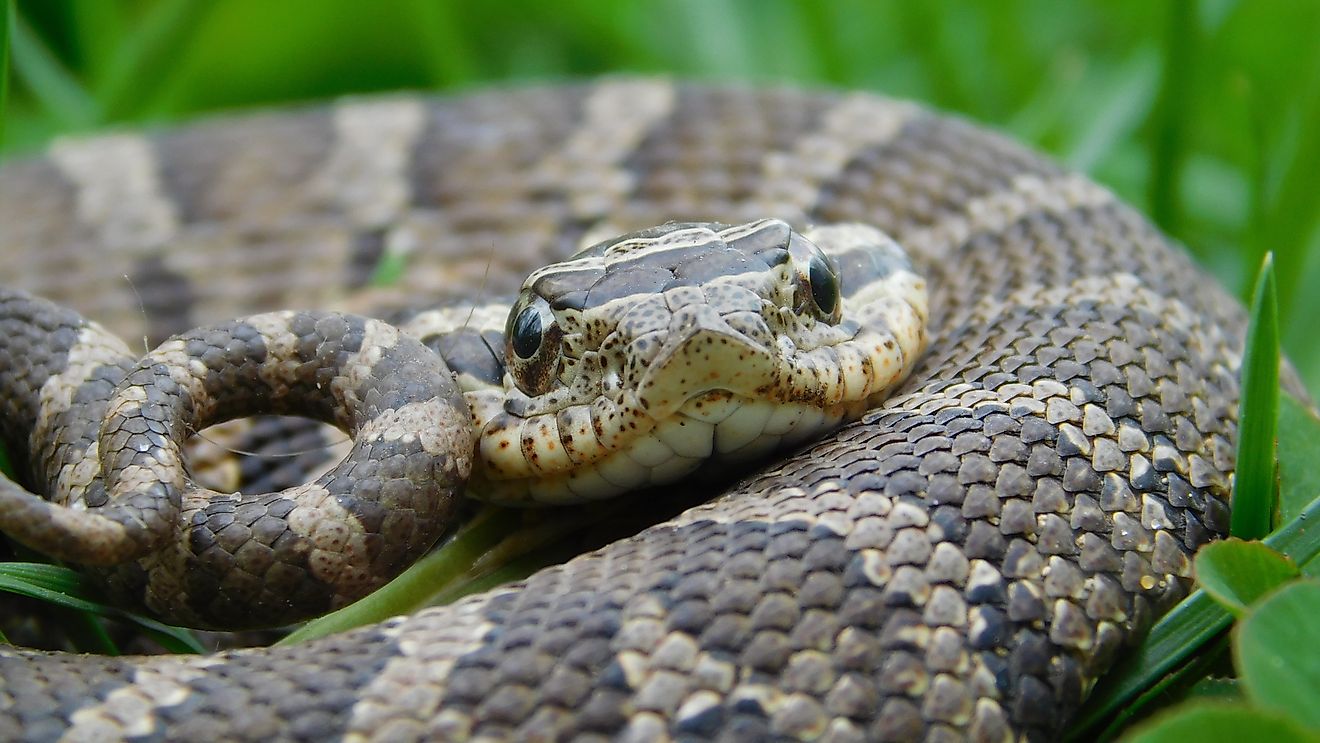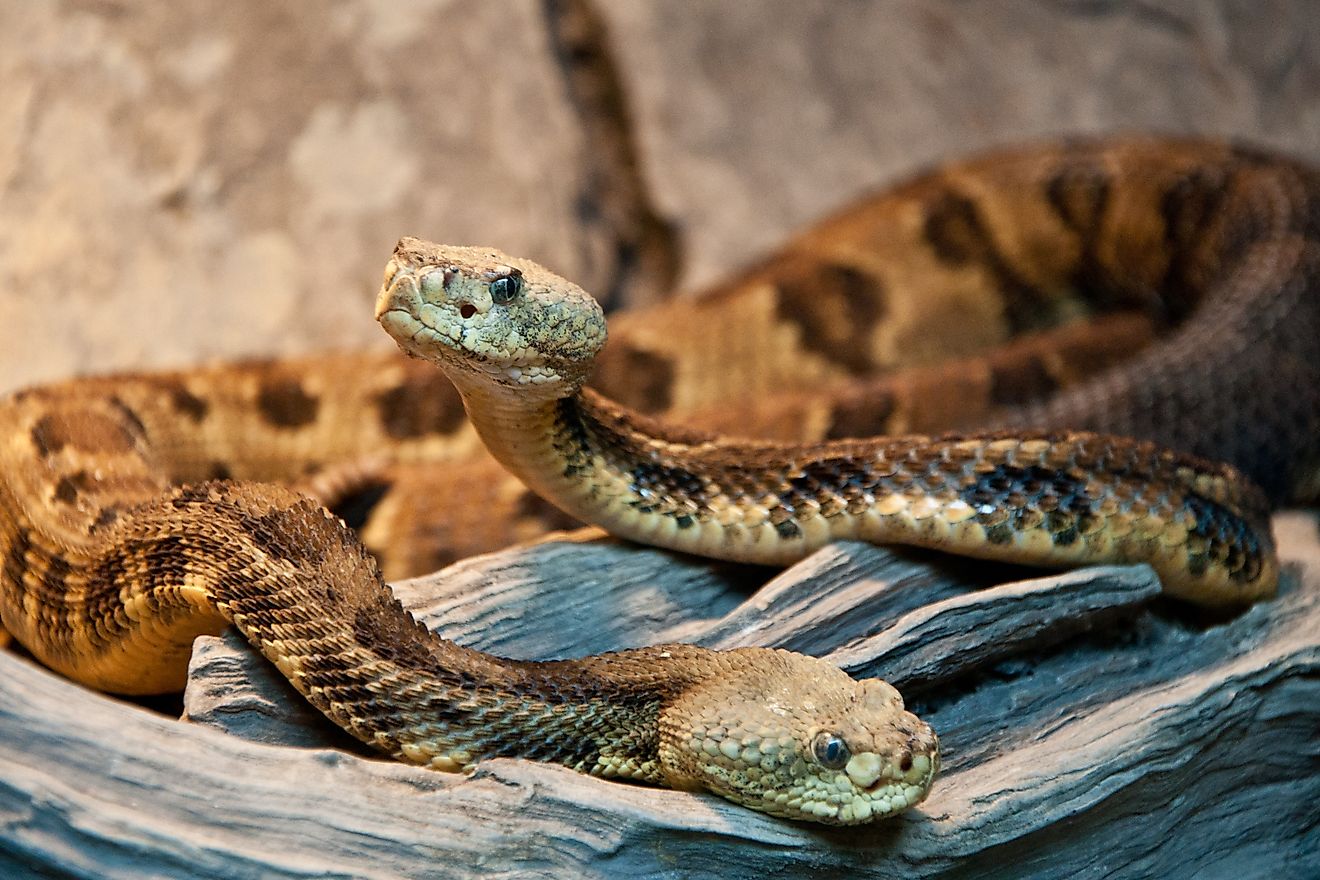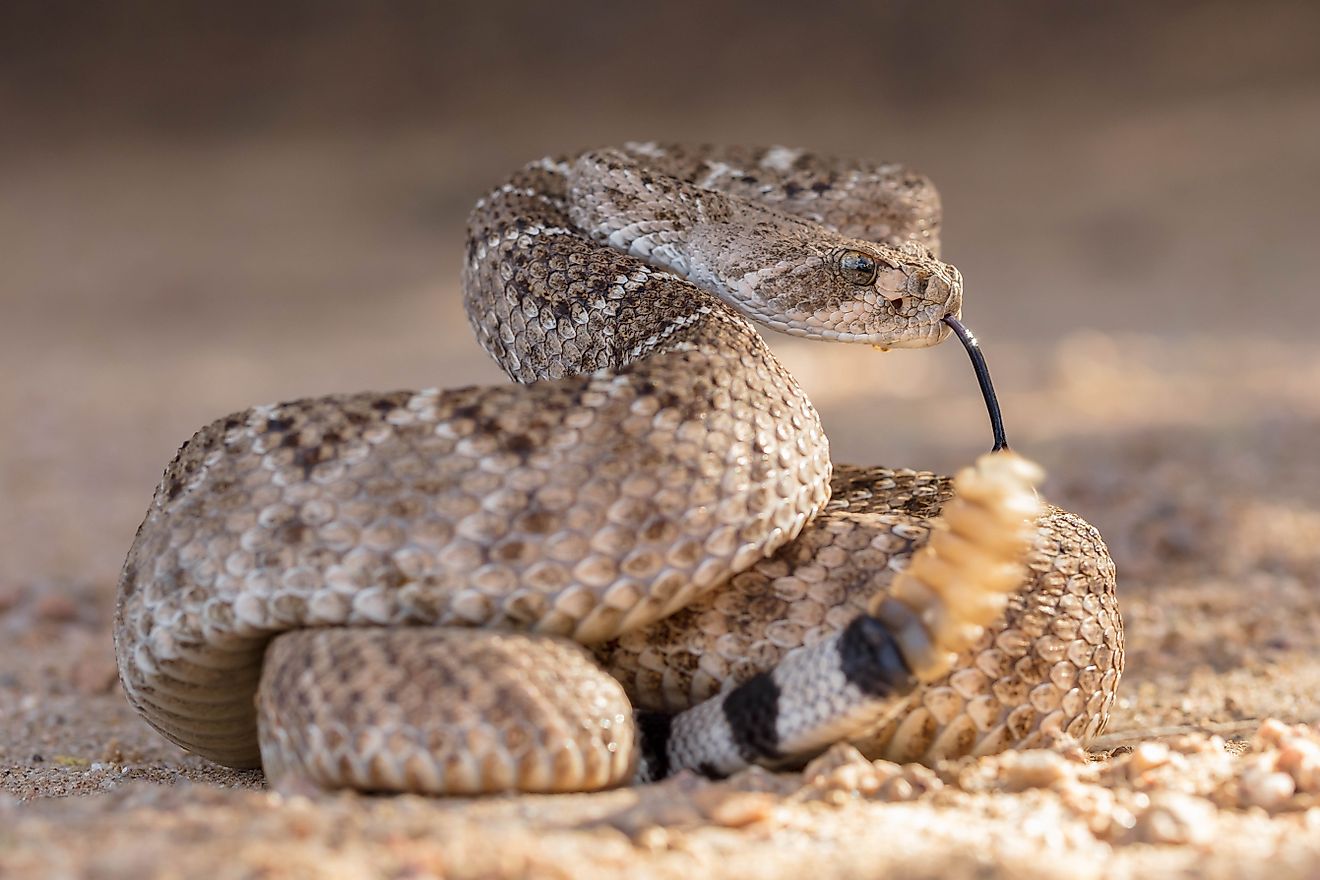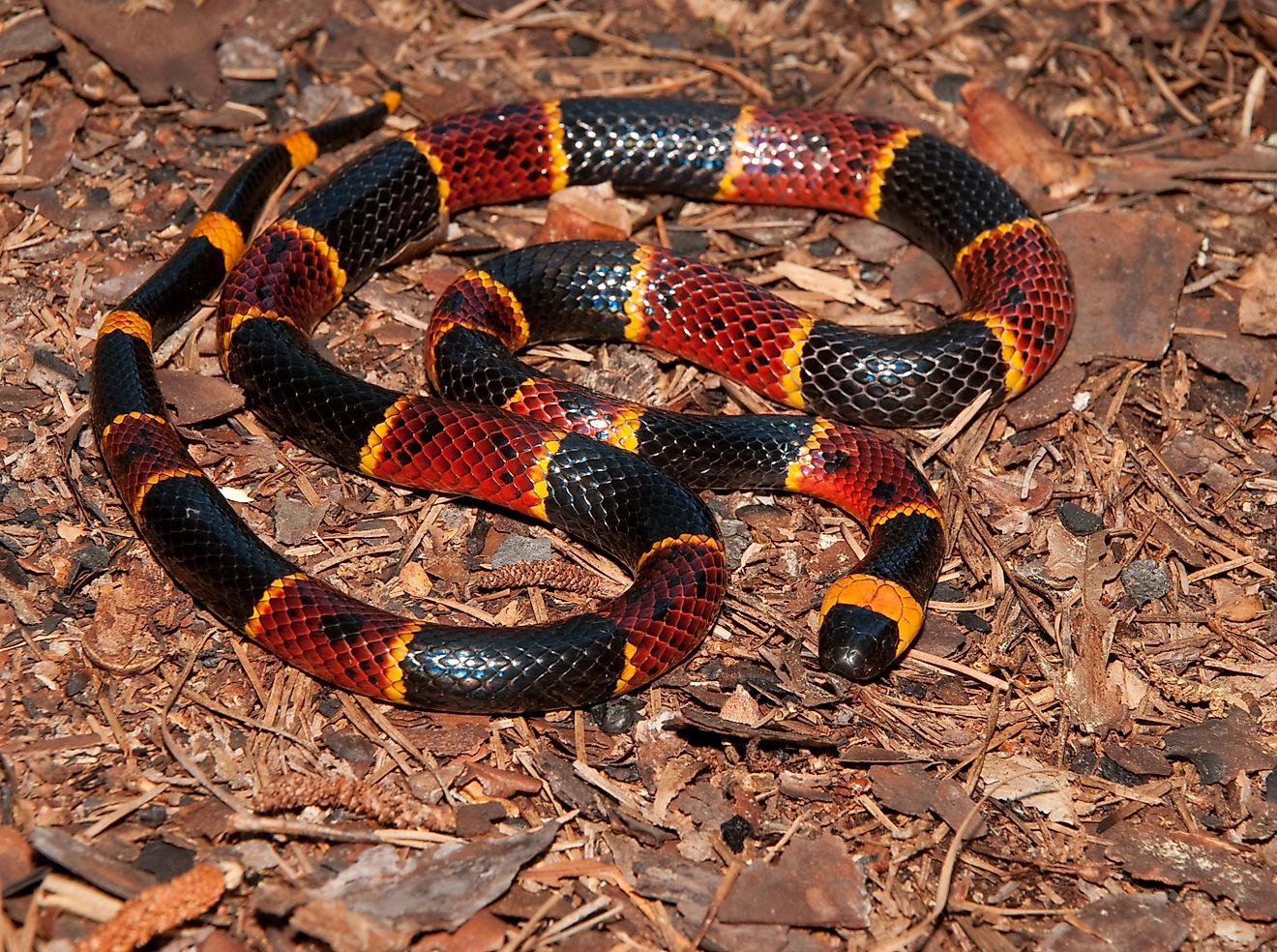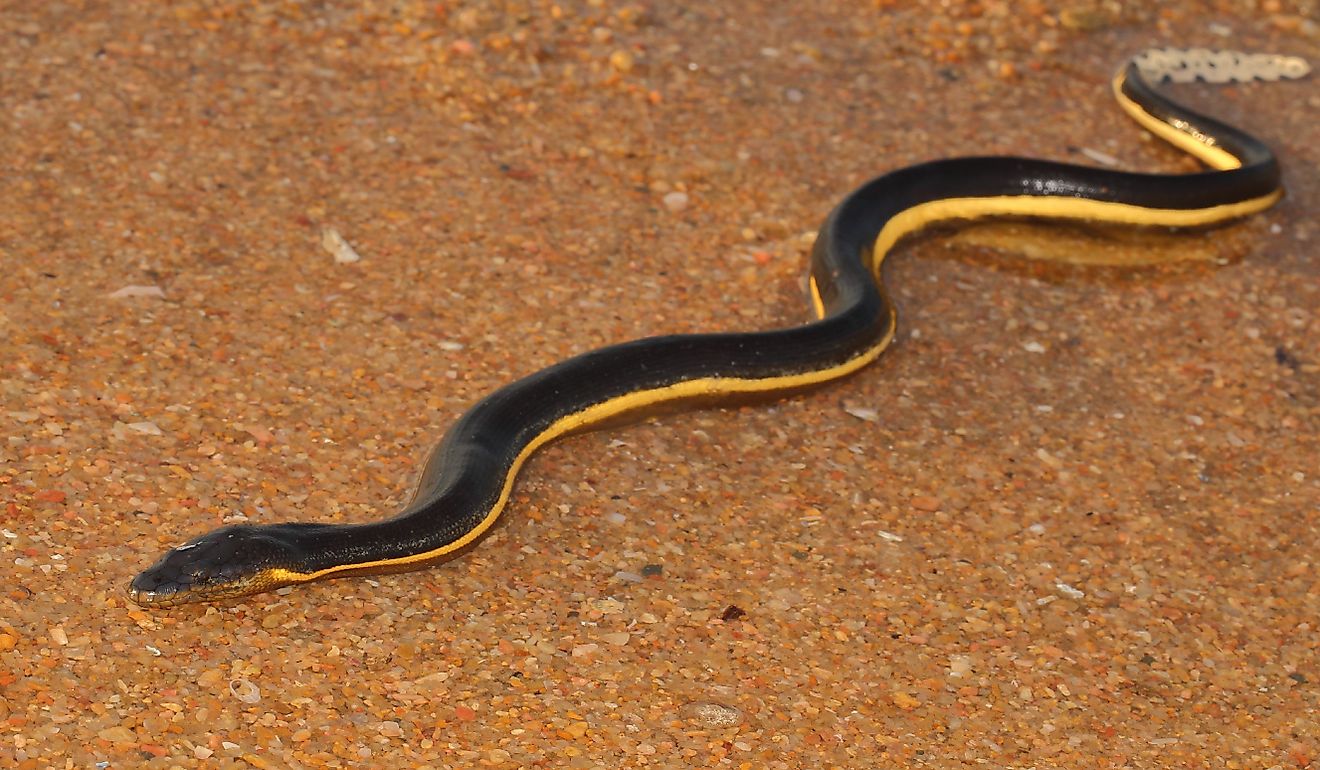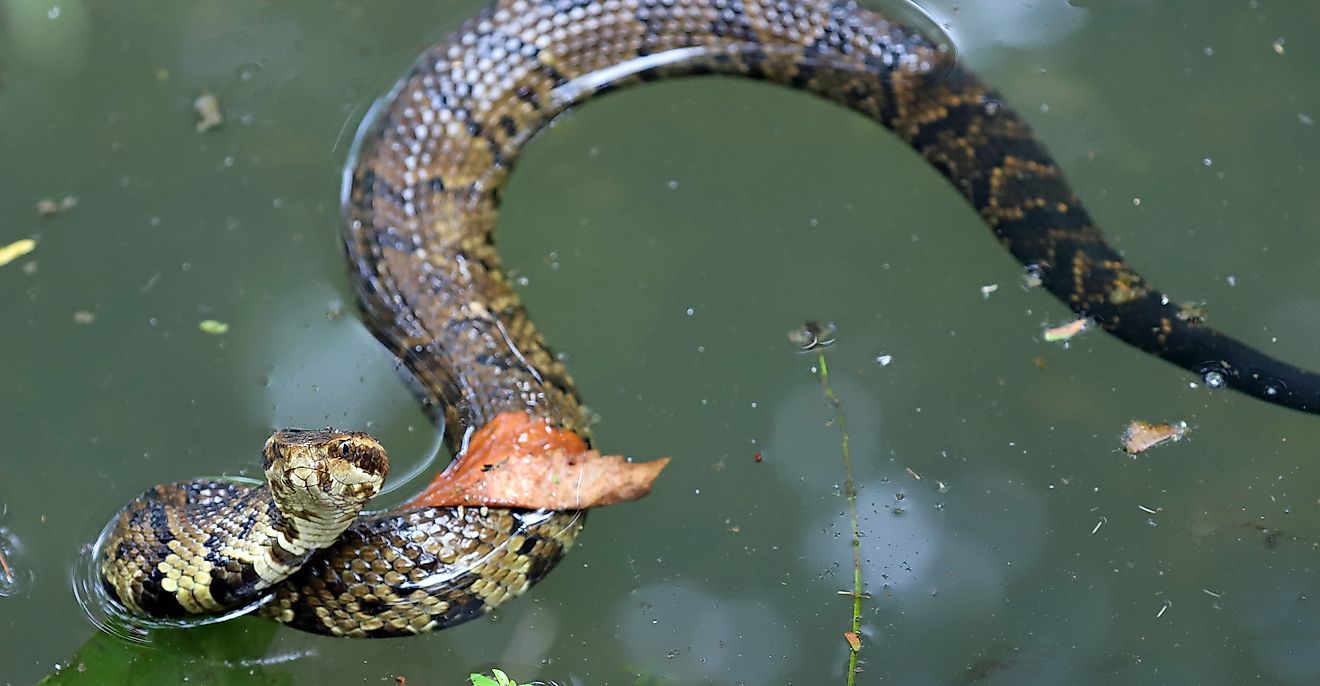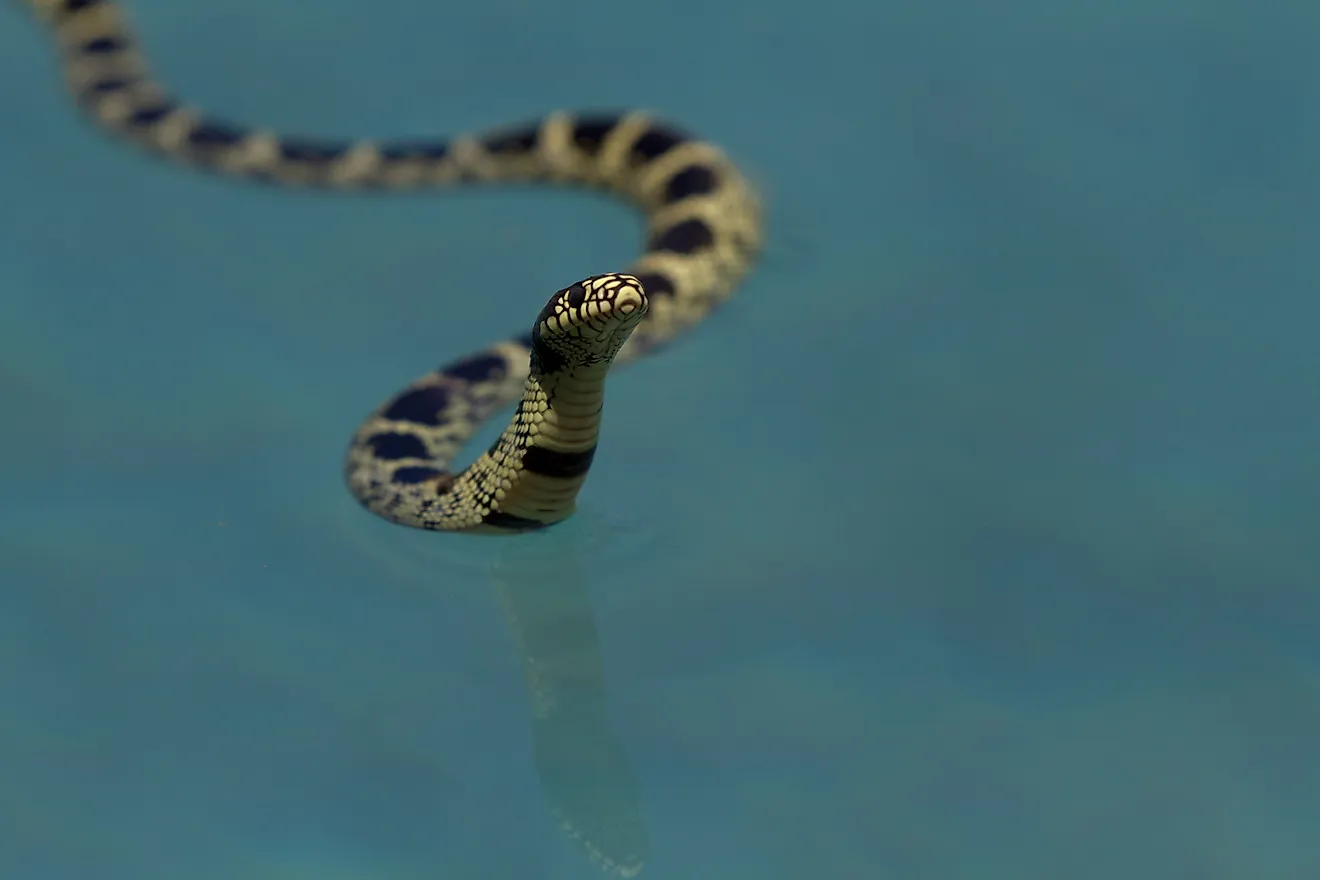
The World's Slowest Animal Is Actually Not The Sloth
Slower than molasses, strong in its own funny little way, able to scale fallen rummage before day's end. Look down in the dirt! The earth's slowest animal is not the sloth or even the snail; it's the banana slug!
That's right, this colorful gastropod of the Pacific Northwest slinks along at a sluggish 6.5 inches per minute - and that's its top end! Compare that to the sloth (i.e. the world's slowest mammal), which typically covers 130 feet/day (but bear in mind, it sleeps for up to 20 hours), or the snail, which can clock upwards of 63 inches/minute (as per the current record holder of the World Snail Racing Championships) and perhaps the colloquial expression should be changed to "moving at a slug's pace."
A Bit About The Banana Slug

"Banana slug" is a common name given to eight members of the species Ariolimax, and as one might expect, was inspired by its likeness to the namesake fruit. While one's imagination might immediately jump to the ripe yellow variety (which is indeed a common occurrence), banana slugs also come in unripe (i.e., green), overripe (i.e., yellow with brown spots), and rotten (i.e., brown) forms. It should also be noted that some break from this banana trend entirely with a white aesthetic. Regardless, these slugs also resemble the household fruit in terms of their size. Typically growing between six to eight inches, but in excess of nine in the case of the Ariolimax columbianus (aka Pacific banana slug), this species of slug is the largest in North America and second largest in the world behind the ash-black slug (Limax cinereoniger).
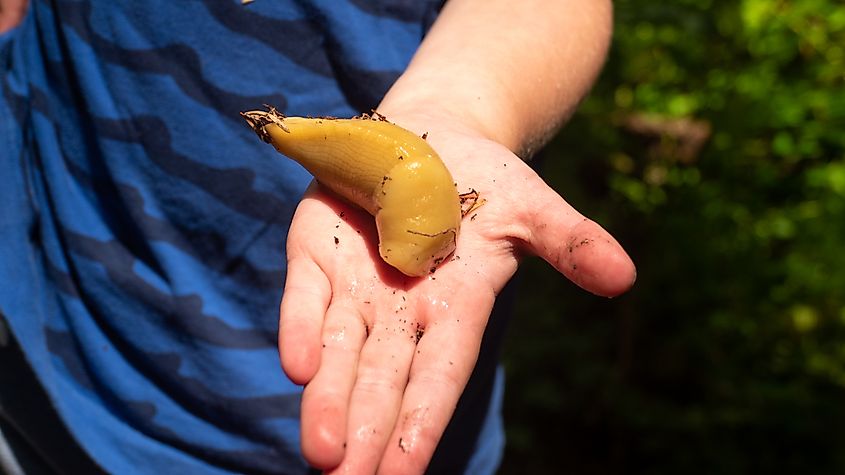
Whatever size and coloration they happen to be, this brand of shell-less gastropods (i.e. the largest class of mollusks, which includes all slugs and snails) are native to the Pacific Northwest (from Central California to Alaska) and well adapted to the lush, temperate forests in which they slowly and solitarily roam. The quintessential yellow ones signal potential predators (i.e. northwestern garter snakes, Pacific giant salamanders, raccoons, foxes, birds, beetles, etc.) that they will not be an appetizing snack, while the less ostentatious ones are able to camouflage amongst the forest floor (besides, banana slugs are most active at night anyway).
Why Do Banana Slugs Move So Slowly?

When it comes to lazy locomotion, most gastropods are neck and neck. But the banana slug takes the slimy cake for absolute slowest - trailing even snails in this hypothetical reverse race. Granted, it is estimated that there are anywhere from tens to even hundreds of thousands of species of snail and slug species, so it's difficult to say for sure (after all, how many biologists are out there with rulers, stopwatches, and a saint's supply of patience?), but as far as has been reliably measured, the banana slug thus far reigns supreme. So why does it move so slowly?
In order to understand the banana slug's sluggish ways, we must look at its morphology and lifestyle. This curious invertebrate has one lung, one tongue-like organ (i.e. radula) with microscopic teeth for fueling its herbivorous, frugivorous, and detritivorous diet, four retractable (and regrowable) tentacles for sensing the environment, and most importantly, one "foot," or rather, a band of muscles on its slimy underside. It is the contractions of this body part, in conjunction with mucus secretions, that allow banana slugs to glide across the ground.
So the banana slug's pace is limited by its evolution (500 million years in the making, mind you), but it also doesn't need to go any faster. Since they mostly eat plants, mushrooms, and decaying matter, slugs are free from the burden of hunting. And, as has been alluded to, banana slugs also don't strive to "outrun" predators. Remember the slime? Well, those same movement-assisting secretions serve other benefits too: from mouth-numbing unpalatableness, to maintaining a healthy moisture level (slugs, after all, are mostly made of water), respiration, and even the creation of chemical signatures for mating (fun fact: all gastropods are hermaphroditic). And if all that fails, banana slugs can fall back on their nocturnal ways and a propensity for lurking beneath fallen leaves and branches.
Parting Thoughts
Nature's incorrigible arms' race produces lightning-quick, freakishly strong, and cunning animals, but at the same time, certain species get by just fine without any of these assets. Case in point, with a maximum speed of 6.5 inches per minute (or 0.006 miles per hour, if you prefer), the banana slug is the slowest known terrestrial animal (not including stationary marine mollusks, of course). And unlike its snail cousins, this gastropod doesn't even have a protective shell to back it up. Instead, banana slugs are prolific along the Pacific Northwest because they have developed a unique range of aesthetics, a specific set of skills, and a dietary niche that allows for an easy-going approach to this crazy little thing called life. So the next time you're marveling at the old-growth forests along the West Coast, remember to look down at your feet to see if you can spot the slimy, Chiquita-like slug. Just don't poke the colorful slow-poke, as our oily hands can mess with its essential mucus membrane.
